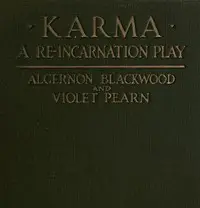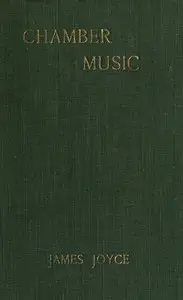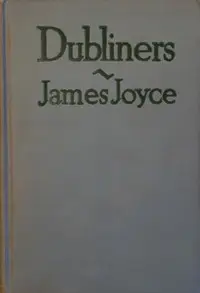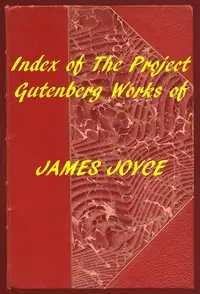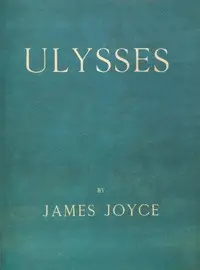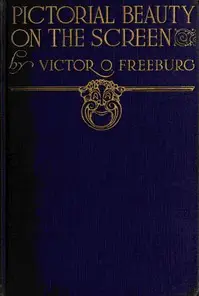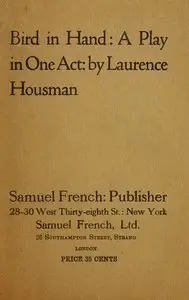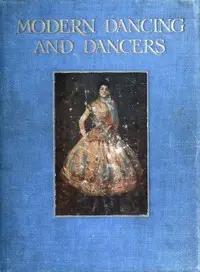"Exiles: A Play in Three Acts" by James Joyce crafts a story around love, loyalty, and deceit, seen through the tangled lives of its characters; Richard Rowan, a writer, Bertha, his wife, and Robert Hand, a journalist and friend. The beginning of the play draws you into Richard Rowan's home as characters gather. Richard is back from a break from his writing, and unease fills the air about what he has done and how he relates to the characters, especially Beatrice Justice and Robert Hand. Talk uncovers Richard's unsettling self-reflection about his relationship with his wife, Bertha, and Robert, who has feelings for Bertha. The back and forth of dialogue draws out Richard's worries and fears about being betrayed and the weight of what he has done, developing a network of emotional conflict that promises intrigue as the story moves forward. The opening quickly captivates the audience with human interaction and introspection that only Joyce can create.

Exiles: A Play in Three Acts
By James Joyce
In a web of intertwined relationships, a writer's return ignites a fiery struggle with love, fidelity, and the lurking shadow of betrayal.
Summary
About the AuthorJames Augustine Aloysius Joyce was an Irish novelist, poet and literary critic. He contributed to the modernist avant-garde movement and is regarded as one of the most influential and important writers of the 20th century. Joyce's novel Ulysses (1922) is a landmark in which the episodes of Homer's Odyssey are paralleled in a variety of literary styles, particularly stream of consciousness. Other well-known works are the short-story collection Dubliners (1914), and the novels A Portrait of the Artist as a Young Man (1916) and Finnegans Wake (1939). His other writings include three books of poetry, a play, letters, and occasional journalism.
James Augustine Aloysius Joyce was an Irish novelist, poet and literary critic. He contributed to the modernist avant-garde movement and is regarded as one of the most influential and important writers of the 20th century. Joyce's novel Ulysses (1922) is a landmark in which the episodes of Homer's Odyssey are paralleled in a variety of literary styles, particularly stream of consciousness. Other well-known works are the short-story collection Dubliners (1914), and the novels A Portrait of the Artist as a Young Man (1916) and Finnegans Wake (1939). His other writings include three books of poetry, a play, letters, and occasional journalism.


